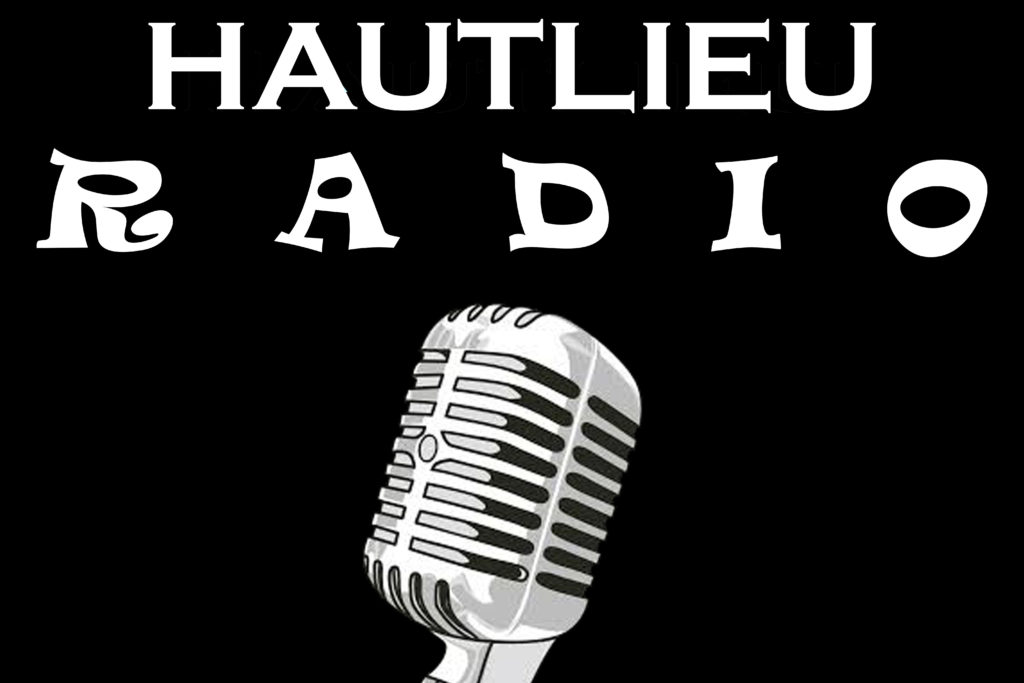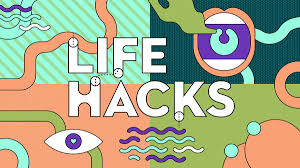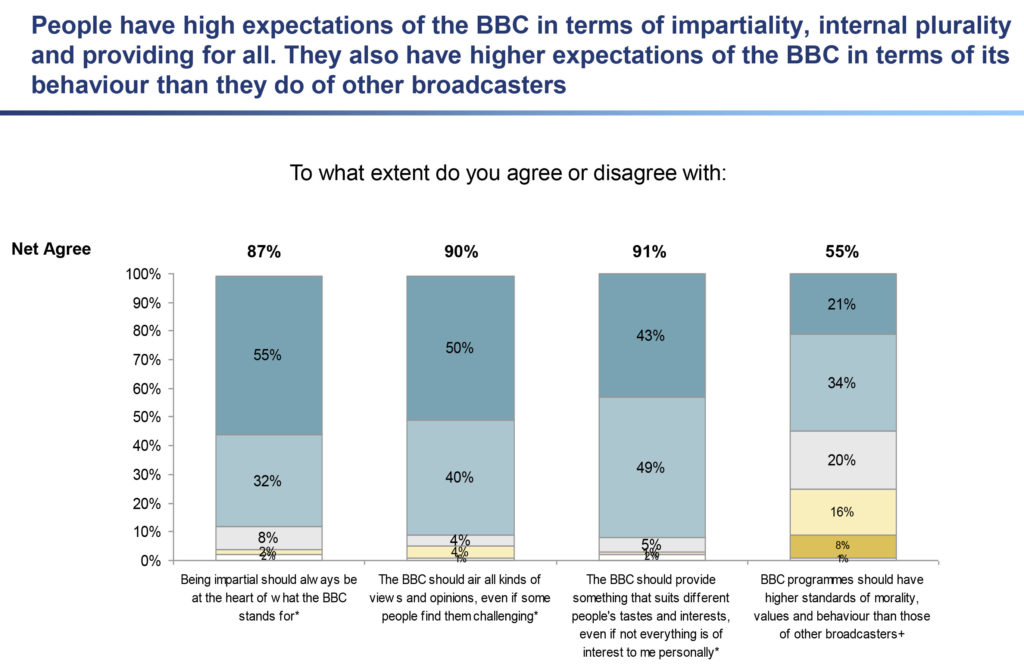
Hautlieu Radio




https://www.bbc.co.uk/programmes/b09c189d You will need to listen to excerpts from the broadcast but the focus will be considering industry matters and audience response

This is a Targeted Close Study product for which you will need to focus on the following areas of the Theoretical Framework:
Media Industries
Media Audiences
You will need to listen to excerpts from the broadcast but the focus will be considering industry matters and audience response.
Life Hacks is an example of a transitional media product which reflects changes in the contemporary media landscape (it is the replacement for a previous, similar programme, The Surgery). Life Hacks is both a traditional radio programme with a regular, scheduled broadcast time, but is also available online after broadcast for streaming and downloading. The broadcast itself and the accompanying website provides opportunities for audience interaction, which is central to the programme’s address to its audience. Life Hacks also exemplifies the challenges facing the institution as a public service broadcaster that needs to appeal to a youth audience within a competitive media landscape.

https://yougov.co.uk/topics/politics/articles-reports/2019/12/16/do-britons-trust-press
https://www.opendemocracy.net/en/ourbeeb/if-dissensus-is-new-normal-in-britain-we-need-new-media/
Media Industries
• Life Hacks is a Radio 1 product and therefore has a public service status as part of the BBC.
• Identification of funding for Radio 1 through the license fee, concept of a hypothecated tax.
• Issues around the role of a public service broadcaster – how does Life Hacks reflect the need to represent the nation. Arguments over the need for addressing a youth audience
already catered for commercially.
• Consider the programme as distinctive in its public service remit.
• The influence of new technology on media industries – Life Hacks as multi – platform media product.
Media Audiences
Life Hacks is reflective of the way the industry targets niche audiences and provides an opportunity to consider industry regulation and the availability of new technology shapes audience targeting and response.
• What techniques does the broadcast use to target a youth audience?
• Consider the way that external factors – such as demographics and psychographics – are likely to also affect audience response and produce differing interpretations
• Consider the opportunities for audience interaction and self-representation
• cultivation theory including Gerbner
• reception theory including Stuart Hall and Clay Shirky‘s theory around ‘the end of audience’
Social and cultural contexts
Life Hacks reflects an acceptance of diversity and a degree of openness in contemporary culture around personal, social and identity issues.
(propp)stock characters
The Hero – Richard
The Villian – Polly
The Helper – Annabel
The False Hero – The Mother
The Donor – polly
The Dispatcher – Polly
The Princess – Annabel
(claud Levi)binary oppositions
rich vs poor
educated vs non-educated
normal families vs destructive broken families
old vs young
incest vs normal
industries
CHARACTERS:
Father Figure: Polly serves as a father figure to Richard / The guy at the fair can also be a father figure
The Donor: The Chicken (Fiona) gives Richard motivation
The False Hero: Polly at first is taking care of him, but is willing to leave his son/brother for any opportunity that arises.
Dispatcher: Polly is telling Richard that he is leaving and for Richard to sort himself out.
THEMES:
The Hero – Richard
The Villian – Polly
The Helper – Annabel
The False Hero – The Mother
The Donor – The Chicken
The Dispatcher – Polly
The Princess – Annabel
stock characters
protagonist/hero – Richard, Annabelle
antagonist/villain – Polly
victim/donor – Chicken
loner – Polly
false hero – Polly
dispatcher – Polly
father figure – guy from scrap yard & guy from fair
binary oppositions
rich vs poor
educated vs non-educated
public vs private
old vs young
incest vs being normal
| Theory | |||
| Characters | Polly= False hero | PROPP, presents the idea of STOCK CHARACTERS, inc ‘hero’, ‘false hero’, ‘princess’, ‘father figure’, ‘despatcher’ | |
| Annabelle= Hero because she helps Richard when he was abandoned | PROPP, presents the idea of STOCK CHARACTERS, inc ‘hero’, ‘false hero’, ‘princess’, ‘father figure’, ‘despatcher’ | ||
| chicken= victim | PROPP, presents the idea of STOCK CHARACTERS, inc ‘hero’, ‘false hero’, ‘princess’, ‘father figure’, ‘despatcher’ |
| category | familiarities | differences | theory |
| characters | the hero – richard | PROPP – the idea of stock characters, including the hero, the false hero, the princess, the father figure, the dispatcher, the victim, the villain, the donor, | |
| the false hero – polly | |||
| the chicken – the donor, the victim | |||